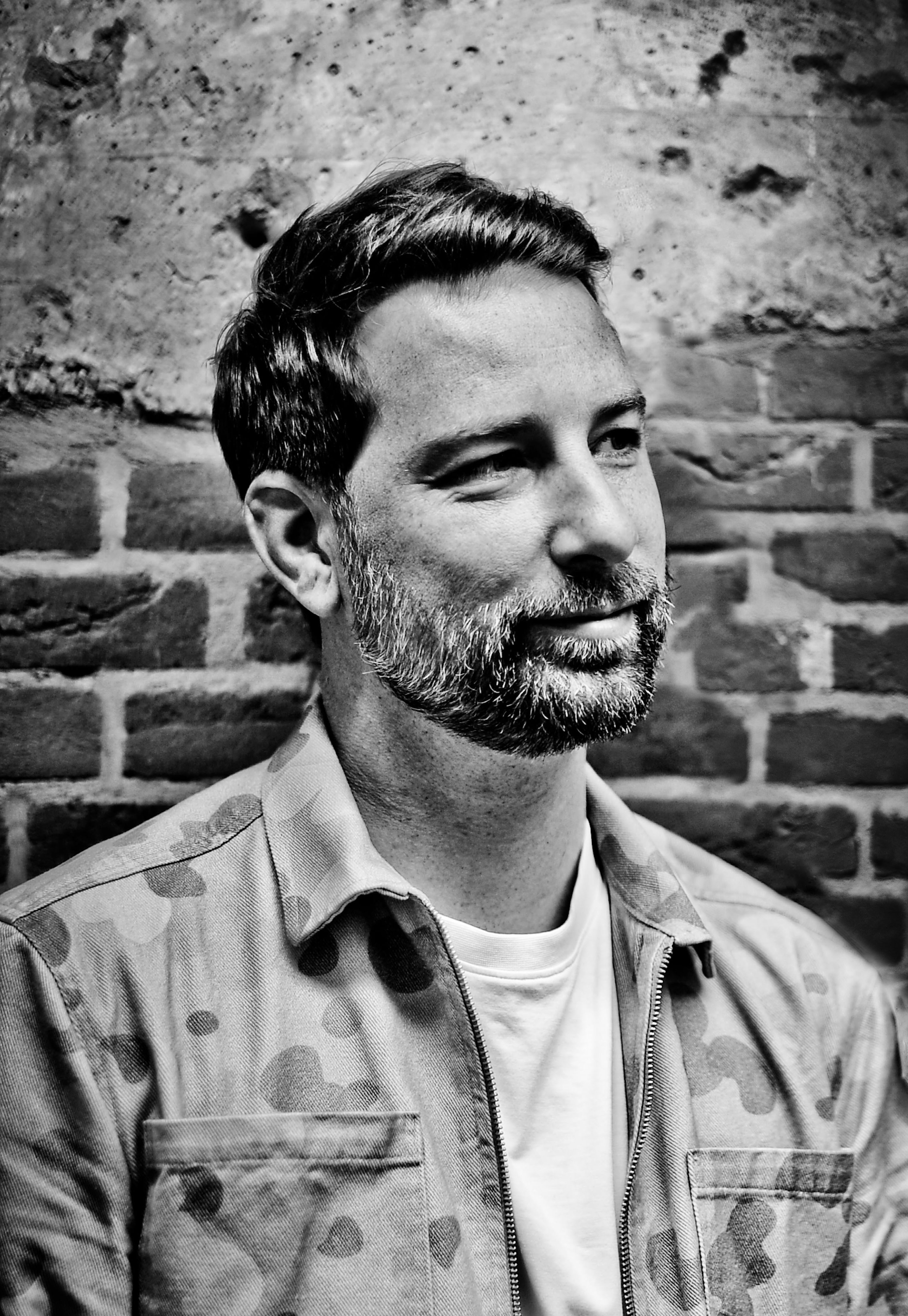Artist statement
The saying “We are shaped by language” emphasizes the profound influence language has on our thinking and identity. But is it possible to step outside of this defining language so that our thinking, learning, and literacy can reach a new level of freedom? One way to achieve this might be found at and beyond the boundaries of language, in the realm of inclusive literacy, grounded in neurodiversity, synesthesia, asemic writing, and more.
Learning, Language, and Literacy
Language: a set of common agreements to prevent failures and misunderstandings. But what do you do when sentence structures seem nonsensical? When you don’t understand the codes and get lost in formal rules? Then you break everything down to its smallest element and arrive at the building blocks of our language: letters.
I have struggled with spelling and writing since elementary school. For me, drawing was a much easier way to communicate than writing something down. I was always told I was a lazy student. By inventing autodidactic rituals and habits, I managed to get through my school years. Escaping into skateboarding and graffiti sparked an interest in spatial typography.
In my research into the historical origins of letters, I learned that letters are abstractions of 4,000-year-old drawings—images that symbolized important objects and were deeply rooted in their social context. This knowledge allowed me to turn my weakness into a strength and use letters in a more tangible way. Over time, the forms of letters have lost their meaning. I observed the decline in literacy, the focus on images over letters, and the increasing sensory deprivation in the digital age. I began to wonder if our meaningless letter forms could regain their social significance.
In my work, I explore and reflect on the meaning of learning processes, literacy, and language in modern society. I am particularly interested in the psychological aspect of this process. I use a variety of materials and tactile experiences to stimulate the user's senses and intellect. The form of multimodal information pushes the boundaries of literacy, distancing the user from existing associations and enabling the rediscovery of communicative forms through play and exploration. Along the way, we redefine failures and misunderstandings together.
